Quantitative Aptitude is the topic that most aspirants are afraid of. Not because it’s very hard, but because their basic math concepts are quite weak. Without a strong foundation, solving basic arithmetic or DI questions can become a headache. Improving upon the basics of Math and creating a strong Quantitative Aptitude is often the toughest part of SSC CGL, but with strong basics, formula mastery, and consistent practice, it becomes the biggest scoring section. Learn weightage, strategy, topic-wise study plan, and smart tricks to score 150+ in SSC CGL 2026. The foundation isn’t too hard. You don’t need to be Ramanujan to score really high in both Tier-1 and Tier-2. With the right approach, consistent practice, and a smart strategy, you can develop the speed and accuracy to score 150+ in SSC CGL 2026.
Why Cover Basics?
Quantitative Aptitude in SSC CGL is based on the Math you learn from Class 6th-10th. The level of questions is quite high, but based on the very same basics. Without the right foundation, the slightest error in prep can topple the whole building.
Today’s Top 10 Trending Quizzes For SSC Exams
Attempt Now
| Maths Section | Tier-1 Weightage | Tier-2 Weightage | Requires Strong Basics? |
| Arithmetic (P&L, SI/CI, Ratio, Time & Work) | 10–12 Qs | 25–30 Qs | Yes |
| Algebra & Geometry | 4–6 Qs | 20–25 Qs | Yes |
| Trigonometry & Mensuration | 3–5 Qs | 15–20 Qs | Yes |
| Data Interpretation | 4–5 Qs | 15–20 Qs | Based on conceptual Arithmetic |
Step 1: Start with Calculations
Even if you are conceptually good at Math, without speed, you will not get through the exam very well. The best way to work on speed is to work on your calculations. Most aspirants fail to clear their Math cutoffs because they take too much time for basic math work, which could have been done mentally even. It is of the utmost importance to work on your speed, without failing in accuracy. Things you need to remember:
- Tables (up to 30) → Must be on fingertips
- Squares (1–50) → Saves time in simplifications
- Cubes (1–30) → Essential for algebra-based questions
- Percentage to Fraction conversions → Example: 12.5% = ⅛
Step 2: Build a Formula Bank
The SSC CGL exam often asks its aspirants not only for their conceptual clarity but also how well they can maneuver around the questions using formulas, tips, and tricks. Formulas are your weapons. But just cramming won’t help—you need to understand their application too.
Make your personal formula notebook, for example:
| Topic | Key Formulas | Application |
| Simple Interest | SI = (P × R × T) / 100 | Direct formula application |
| Compound Interest | A = P(1 + R/100)^T | Used in successive % change |
| Speed, Distance | S = D/T | Time & Work, Boats & Trains |
| Geometry (Circle) | Area = πr², Circumference = 2πr | Mensuration, Geometry Qs |
| Trigonometry | sin²θ + cos²θ = 1 | Used in simplification |
Step 3: Practice- The Right Approach
For exams like SSC CGL, the syllabus is mostly never-ending. You can’t complete Math, per se; there is always something more to learn, something more to practice. Most aspirants stick to a topic and don’t move to the next one unless they finish it first. By the time they are done finishing the next topic, they hardly remember the previous topic. The right way to tackle is to learn a new topic, practice it, move to the next topic, and apply the RRR rule- Revise, Recall, and Remember.
- Revise: do it after the first 7 hours of learning a new topic.
- Recall: do it after the first 24 hours of finishing a new topic.
- Remember: try and remember the topic after a week of finishing it, only from what you can remember in your head.
Besides this, you need to practice multiple topics daily if you need to get ahead of the curve. You can use this table:
| Topic | Time to Spend Daily | Focus |
| Arithmetic (P&L, SI/CI, Ratio) | 45 mins | Clear basics + practice 20 Qs |
| Algebra & Geometry | 30 mins | Theorems & identities |
| Trigonometry & Mensuration | 30 mins | Practice formula-based Qs |
| DI & Simplification | 30 mins | Improve calculation speed |
Step 4: Solving PYQs
Once basics are clear, move to SSC Previous Year Papers (PYPs). They act as a mirror; you’ll know exactly where you stand.
- Start with Tier-1 papers (last 5 years)
- Once confident, practice the Tier-2 level
- Track your accuracy % after each test
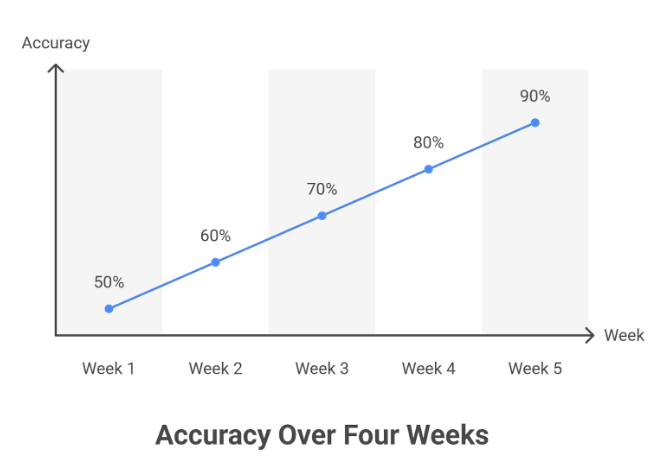
Step 5: Focus on Weak Areas
Don’t waste time re-solving what you already know. Identify weak areas through mocks and dedicate extra time.
For example:
- If Geometry is weak → Revise theorems + practice diagram-based Qs
- If Trigonometry is weak → Memorize values (0°, 30°, 45°, 60°, 90°) and practice simplification problems
Step 6: Join the Adda247 Test Series
Finally, once the basics are clear, join a trusted mock test series like Adda247’s. These mocks replicate the actual exam interface. Even with perfect theoretical preparation, without practicing in exam-like conditions, you might fall behind. Make mock tests your best friend and live with them throughout your prep time.
The Adda247 Test Series will help you with:
- Time management
- Accuracy under pressure
- Confidence in exam conditions
With 8–10 months of consistent effort, even an average student can turn maths into a scoring subject. Remember: SSC CGL rewards smart preparation, not endless hard work. Focus on your basics today, and Tier-2 will feel much easier tomorrow.

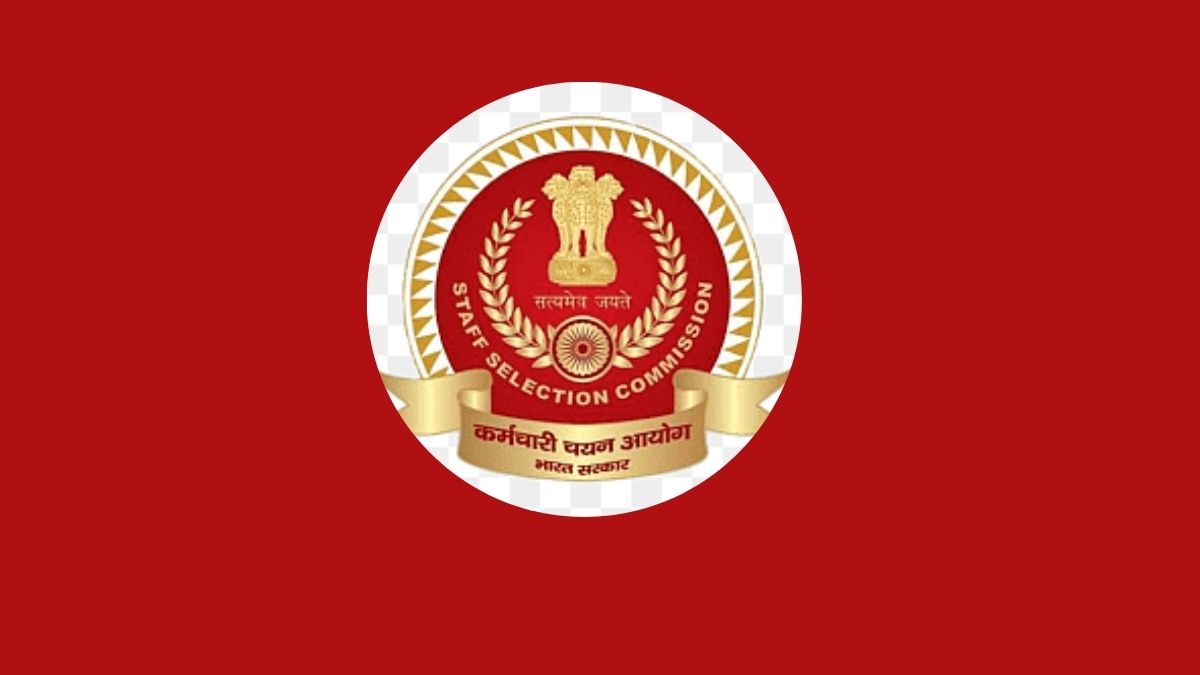
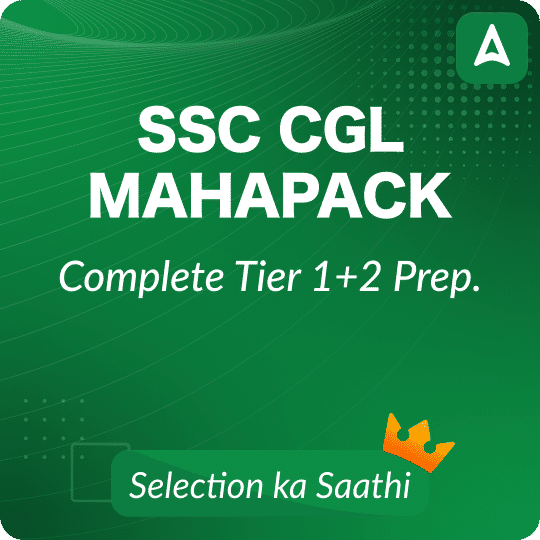

 Delhi Police Exam Cancelled on 18th Dece...
Delhi Police Exam Cancelled on 18th Dece...
 Delhi Police Slot Booking 2025 Live @ssc...
Delhi Police Slot Booking 2025 Live @ssc...
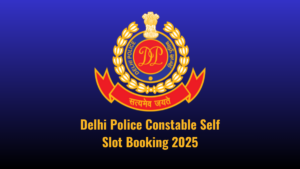 Delhi Police Constable Self Slot Booking...
Delhi Police Constable Self Slot Booking...
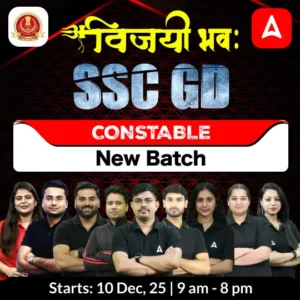
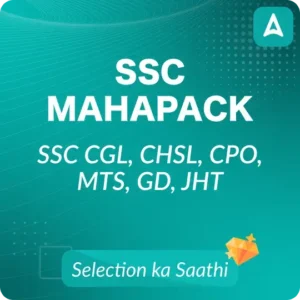
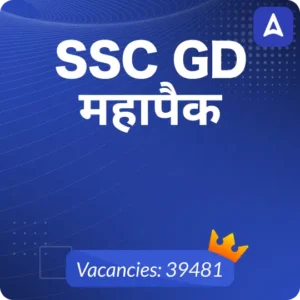
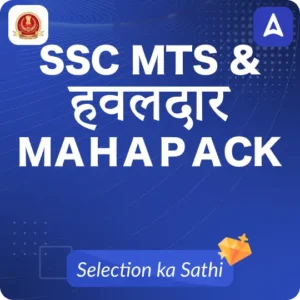
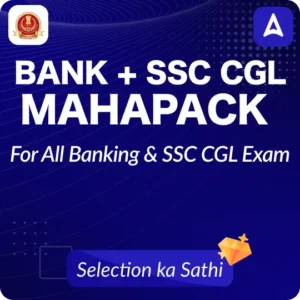
 Adda247 Job portal has complete information about all Sarkari Jobs and Naukri Alerts, its latest recruitment notifications, from all state and national level jobs and their updates.
Adda247 Job portal has complete information about all Sarkari Jobs and Naukri Alerts, its latest recruitment notifications, from all state and national level jobs and their updates.



